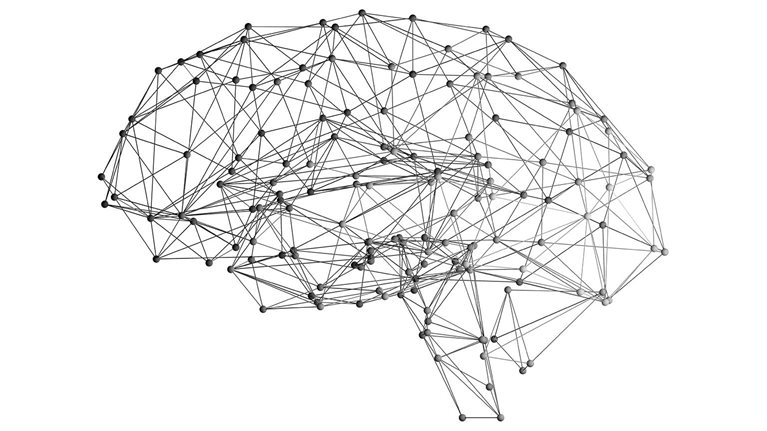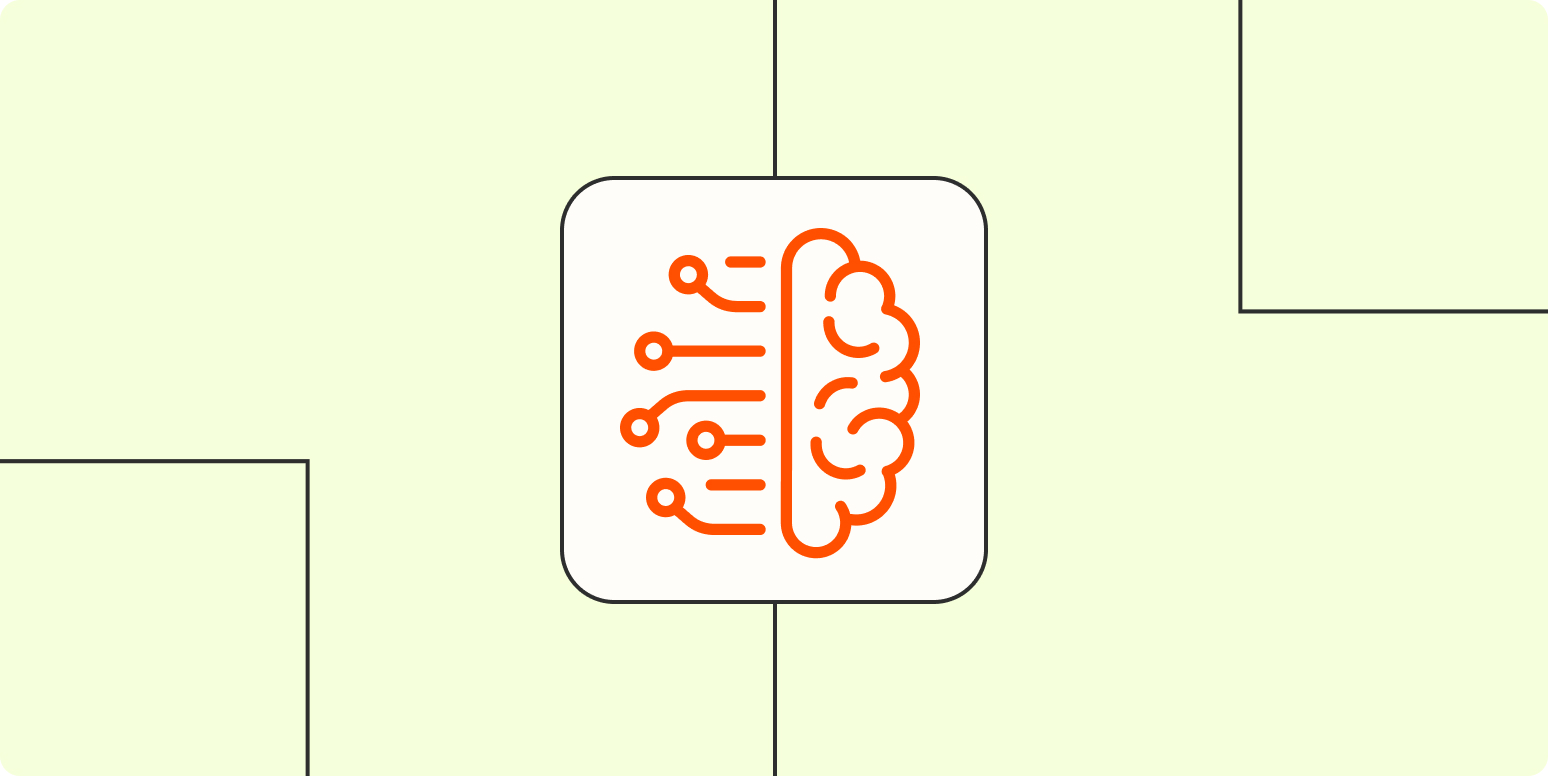Legendary AI Papers
Highlights pivotal research papers in artificial intelligence that have had significant impacts on the field.
Transcript
ChatGPT fundamentally changed the landscape of conversational AI by becoming the fastest-growing consumer technology, amassing over 1 million users within days of its launch. It accelerated the AI revolution, prompting significant investments from major companies like Microsoft and inspiring competitors like Google to rapidly innovate their own AI solutions. This shift has made AI tools commonplace in workplaces and education, democratizing skills such as coding and creative writing while also sparking concerns about copyright and misinformation.
Let's look at alternatives:
- Modify the query.
- Start a new thread.
- Remove sources (if manually added).
- Request a manual search from our human research team.
After the Astronef's encounter with the Martian fleet, Lord Redgrave retaliated against their hostile actions[1]. He rammed one Martian air-ship, causing it to break in two and plunge downwards through the clouds[1]. He also used an explosive shell, 'Rennickite,' to destroy another air-ship, leaving only a deep, red, jagged gash in the ground[1].
The Astronef then dropped onto the largest Martian air-ship, smashing it to fragments[1]. Following these attacks, the remaining Martian fleet scattered in all directions, sinking rapidly down through the clouds[1].
Let's look at alternatives:
- Modify the query.
- Start a new thread.
- Remove sources (if manually added).
- Request a manual search from our human research team.
Get more accurate answers with Super Search, upload files, personalised discovery feed, save searches and contribute to the PandiPedia.

GPT-5 is a unified system with a smart and fast model that answers most questions.
OpenAI[1]
We’ve made significant advances in reducing hallucinations, improving instruction following, and minimizing sycophancy.
OpenAI[1]

safe-completions seek to maximize helpfulness subject to the safety policy’s constraints.
OpenAI[1]
gpt-5-thinking generally performs on par with OpenAI o3.
OpenAI[1]
Our data processing pipeline includes rigorous filtering to maintain data quality.
OpenAI[1]
Let's look at alternatives:
- Modify the query.
- Start a new thread.
- Remove sources (if manually added).
- Request a manual search from our human research team.
Understanding Artificial General Intelligence (AGI)

Artificial General Intelligence (AGI) represents the frontier of artificial intelligence research, characterized by the ambition to create machines that can perform tasks with the same cognitive capabilities as human beings. Unlike narrow AI, which is designed for specific tasks, AGI aims to exhibit a broad range of human-like intelligence, allowing machines to think, learn, and problem-solve across various domains.
Definition and Characteristics of AGI

AGI is often referred to as 'strong AI' or 'full AI' and is defined as the ability of a machine to learn and think like a human, accomplishing any intellectual task that a human can. This includes reasoning, problem-solving, perception, learning, and language comprehension[1][4][7]. Key features of AGI are its ability to generalize from specific instances, understand causation, self-teach, and apply knowledge gained in one context to a different, unfamiliar situation[13][11].
A fully realized AGI would be capable of executing human-level tasks, showcasing advanced cognitive skills that encompass creativity and emotional understanding, fundamentally transforming various industries and daily life[8][10]. Furthermore, it would have attributes such as versatility, adaptability, and self-improvement, enabling it to autonomously enhance its performance without human intervention[12][13].
Current Status and Theoretical Basis
As of now, AGI remains a theoretical pursuit. Researchers widely agree that AGI does not yet exist and are divided in their predictions regarding its potential arrival; opinions range from the possibility of AGI emerging within decades to skepticism about whether it will ever be achieved[2][6][1]. Theoretical frameworks categorize AGI into levels, with milestones such as 'competent AGI,' which surpasses a designated percentage of skilled adults in various non-physical tasks, to 'artificial superintelligence' (ASI), which significantly exceeds human intelligence[1][7].
Contemporary AI technologies, while sophisticated, primarily function as narrow AI, excelling at specific operations like language translation or image recognition without the cross-domain applicability that defines AGI abilities[3][8]. Today's systems vary in how closely they resemble AGI concepts, with ongoing discussions about whether sophisticated models, such as OpenAI’s GPT-4, could be characterized as emerging forms of AGI[5][6].
Challenges and Ethical Considerations

The exploration of AGI introduces significant ethical and existential considerations. Key concerns revolve around defining and measuring intelligence, ensuring safety, and aligning AGI systems with societal values. Experts like Ian Hogarth highlight the potential for AGI to embody 'God-like AI' capabilities—learning and developing in ways that could exceed human control or understanding[10]. Addressing these issues is pivotal to the responsible development of AGI technologies.
The Path Forward

The pursuit of AGI is seen as a complex journey that requires innovations in numerous fields, including neural networks, deep learning, and symbolic reasoning frameworks. Different approaches encompass computational neuroscience, emergentist theories, and hybrid models aimed at replicating human cognitive capabilities[6][11]. The ultimate goal is to build machines capable of independent logical reasoning and emotional capabilities, fundamentally mirroring the intricate functioning of the human brain.
In summary, AGI embodies a major ambition within AI research, striving for technologies that could replicate or even surpass human cognitive abilities across an extensive array of tasks. As AI continues to evolve, the prospect of achieving AGI remains a compelling yet daunting challenge for researchers.
Let's look at alternatives:
- Modify the query.
- Start a new thread.
- Remove sources (if manually added).
- Request a manual search from our human research team.
Biological risks are mitigated through a comprehensive approach outlined in OpenAI’s Preparedness Framework. This includes implementing a multi-layered defense stack that combines model safety training, real-time automated monitoring, and robust system-level protections. The model is trained to refuse all requests for weaponization assistance and to avoid providing detailed actionable assistance on dual-use topics.
Additionally, account-level enforcement mechanisms are in place to identify and ban users attempting to leverage the model to create biological threats. This proactive monitoring aims to ensure that users cannot cause severe harm via persistent probing for biorisk content. Together, these measures help minimize the risks associated with biological capabilities in the deployed models[1].
Let's look at alternatives:
- Modify the query.
- Start a new thread.
- Remove sources (if manually added).
- Request a manual search from our human research team.

The Transformer model has revolutionized the field of sequence transduction tasks, such as language translation, by completely eliminating the traditional recurrent neural networks (RNNs) or convolutional networks previously used. The core of this model is the self-attention mechanism, which allows it to process input sequences more effectively and in parallel.
What is the Transformer?
The Transformer is based entirely on an attention mechanism that relies on self-attention and feed-forward networks, dispensing with recurrence and convolutions altogether. This architecture is designed to handle sequence transduction problems efficiently by capturing dependencies regardless of their distance in the input or output sequences. As a consequence, the Transformer can effectively utilize substantial parallelization during training, leading to significant efficiency gains in both time and computational resources[1].
Key Features of the Transformer
Self-Attention Mechanism

Self-attention allows the model to weigh the importance of different tokens in the input sequence when generating the current token in the output sequence. For each token, the model computes a representation based on the context formed by other tokens. This is achieved through mechanisms like the scaled dot-product attention, which calculates the relationships between tokens and assigns weights accordingly, allowing the model to focus on the most relevant parts of the input[1].
Model Architecture
The architecture of the Transformer consists of an encoder and a decoder, each composed of stacks of identical layers. Each layer in the encoder has two sublayers: a multi-head self-attention mechanism and a position-wise fully connected feed-forward network. The decoder also includes an additional sub-layer for attending to the encoder's output. Each of these sub-layers employs residual connections followed by layer normalization[1].
Multi-Head Attention
Multi-head attention enables the model to gather information from different representation subspaces at different positions. Instead of performing a single attention function, the model projects the queries, keys, and values into multiple sets and applies the attention function to each, effectively allowing it to focus on different aspects of the input each time[1].
Positional Encoding
Since the Transformer does not use recurrence or convolution, it needs a method to capture the order of the sequence. This is achieved through positional encodings added to the input embeddings. The encodings use sine and cosine functions of different frequencies to inject information about the relative or absolute position of the tokens in the sequence, which helps the model maintain the sequence's integrity[1].
Training the Transformer
The model was trained on the WMT 2014 English-to-German and English-to-French datasets, using approximately 4.5 million sentence pairs. The training process involved substantial GPU resources to handle the parallel computations efficiently. Reports indicate that the Transformer achieved state-of-the-art performance on translation tasks, outperforming prior methods by a significant margin[1].
Performance and Results

The Transformer showed excellent results, achieving a BLEU score of 28.4 on the English-to-German translation task. This score was significantly better than previous models, demonstrating the effectiveness of the architecture in handling complex translation tasks, even with a fraction of the training cost compared to its predecessors[1]. Predictably, during training, the model stabilizes and learns to improve both its accuracy and the fluency of translation outputs[1].
Real-World Applications
The Transformer model not only excels in translation but also establishes a new state of the art for various natural language processing tasks. Due to its ability to leverage attention mechanisms effectively, it can be applied to problems that involve long-range dependencies, such as text summarization and question answering, showcasing its versatility in different contexts[1].
Conclusion
In summary, the Transformer model represents a paradigm shift in the approach to sequence transduction tasks. By entirely relying on self-attention mechanisms and eliminating the need for recurrence or convolutions, it achieves superior efficiency and performance. Its robust architecture, combined with the innovative application of attention, has made it a cornerstone of modern natural language processing, influencing numerous subsequent models and methods in the field. The findings and methodologies laid out in the original paper emphasize how critical it is to rethink traditional architectures to accommodate the evolving demands of machine learning tasks[1].
Let's look at alternatives:
- Modify the query.
- Start a new thread.
- Remove sources (if manually added).
- Request a manual search from our human research team.
Get more accurate answers with Super Search, upload files, personalised discovery feed, save searches and contribute to the PandiPedia.

Public reception of GPT-5 has been mixed, noting both improvements and limitations. Reviewers indicate that GPT-5 offers a more user-friendly experience, effectively reasoning through complex questions and providing faster responses than previous models. OpenAI claims it feels like talking to a PhD-level expert, representing a significant step forward, albeit still viewed more as an iterative improvement rather than a revolutionary leap [4].
Concerns have been raised about the potential for misinformation, with some experts emphasizing the need for skepticism regarding performance claims and the challenges of AI hallucinations [6][5].
Let's look at alternatives:
- Modify the query.
- Start a new thread.
- Remove sources (if manually added).
- Request a manual search from our human research team.

Anthropic's Model Context Protocol (MCP) is an open standard designed to standardize how artificial intelligence (AI) models interact with various data sources, enabling secure, two-way communication between AI systems and these external resources. MCP acts like a universal connection point, facilitating integrations similar to how USB-C ports work for devices. This protocol allows for the integration of tools and automation of workflows, providing a framework for applications to easily connect to databases, APIs, and local data sources[1][2][3][5][6].
MCP follows a client-server architecture, where 'MCP Hosts' are applications like Claude Desktop or IDEs that want to access data, while 'MCP Servers' expose specific functionalities through the protocol. This structure allows for efficient data retrieval and interaction, enhancing the capabilities of large language models (LLMs) beyond their standalone functions[2][6].
Key benefits of MCP include a growing list of pre-built integrations, flexibility in switching LLM providers, and best practices for securing data. It simplifies the development process by eliminating the need for separate connectors for each data source, fostering a more manageable and scalable AI ecosystem[1][3][4].
Let's look at alternatives:
- Modify the query.
- Start a new thread.
- Remove sources (if manually added).
- Request a manual search from our human research team.

LRMs face a complete accuracy collapse beyond certain complexities.
Parshin Shojaee[1]
Their reasoning effort increases with problem complexity up to a point, then declines.
Parshin Shojaee[1]

The fundamental capabilities, scaling properties, and limitations remain insufficiently understood.
Parshin Shojaee[1]
Models demonstrate nuanced relationships between compositional depth and performance.
Parshin Shojaee[1]
Current approaches may be encountering fundamental barriers to generalizable reasoning.
Parshin Shojaee[1]
Let's look at alternatives:
- Modify the query.
- Start a new thread.
- Remove sources (if manually added).
- Request a manual search from our human research team.
Transcript
T5 transformed natural language understanding by introducing a unified text-to-text framework, allowing diverse tasks to be treated consistently as sequence-to-sequence problems. This versatility enables T5 to perform various tasks such as machine translation, text summarization, and question answering effectively. It was trained on the Colossal Clean Crawled Corpus (C4), equipping it with a comprehensive understanding of language, which significantly improved its performance across many NLP benchmarks.
Let's look at alternatives:
- Modify the query.
- Start a new thread.
- Remove sources (if manually added).
- Request a manual search from our human research team.